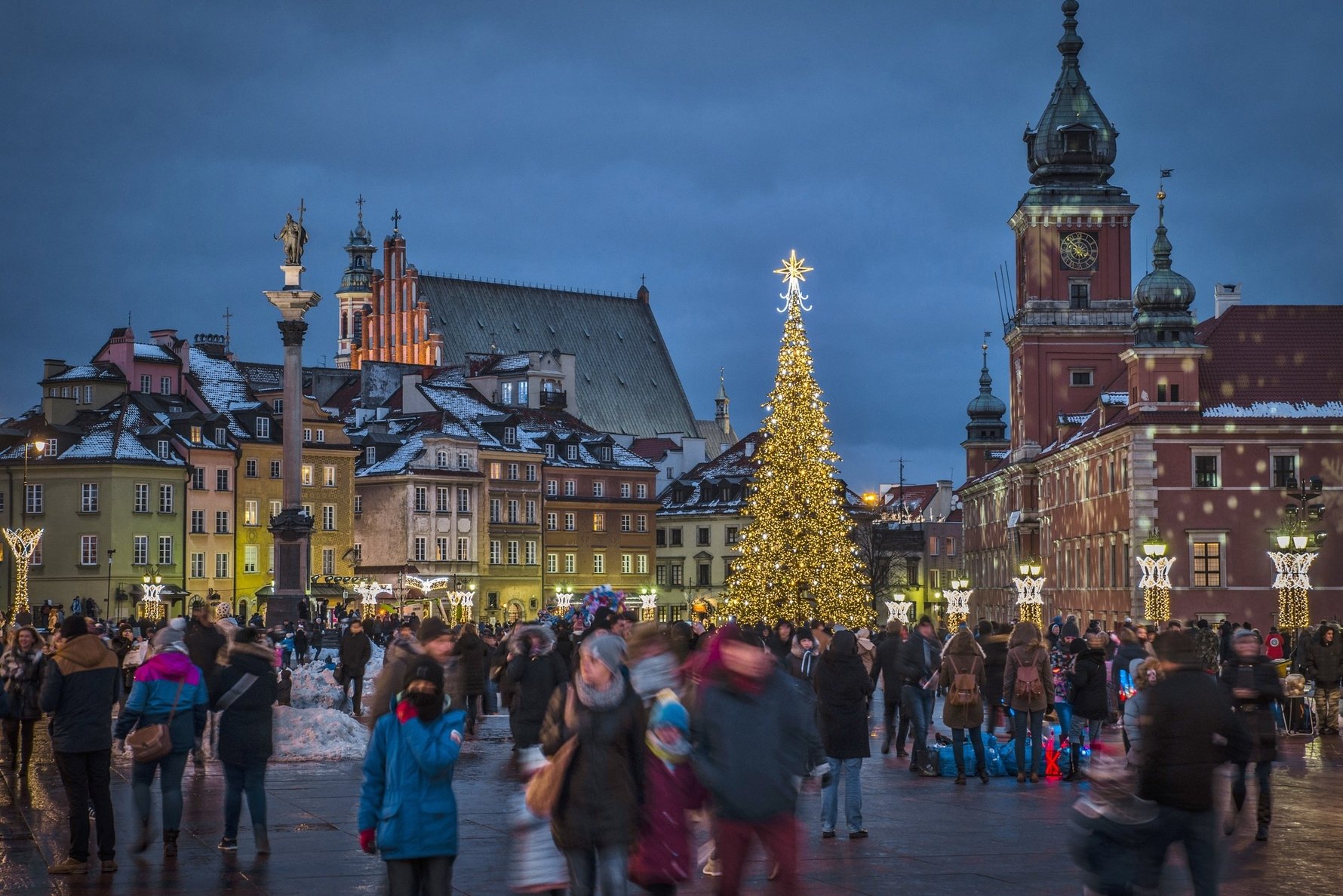
Say It Like a Local
"Wesołych Świat i Szczęśliwego Nowego Roku!"Ve-so-wick Shvee-ont (“Merry Christmas…”)
ee Shchen-shlee-vay-go No-vay-go Row-koo!
("...and Happy New Year!")
Advent
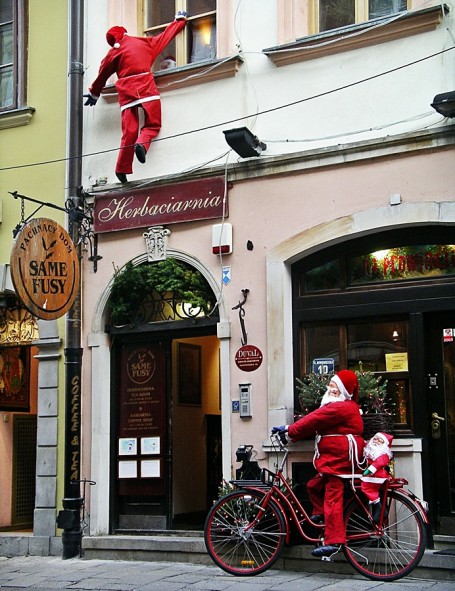
How strictly these church-established guidelines are followed is entirely up to the individual, and having a look around town you’d hardly guess the holidays were a time of self-restraint and supposed prohibition. But it does go to underline the fact that in comparison to the west, Poland really puts the ‘Christ’ in Christmas; here ‘capturing the holiday spirit’ traditionally denotes an embodiment of Christian ideals.
Saint Nicholas Day
With Christmas Day reserved for family and busy with the celebration of Christ, seasonal gift-giving chores have been mostly out-sourced to Saint Nicholas (Święty Mikołaj) who unofficially gets the holiday season started when he comes three weeks earlier on December 6th – ‘Dzień Świętego Mikołaja’, or Saint Nicholas Day. In Polish tradition, Ol’ Saint Nick (or ‘Mick’ as the case may be) isn’t a portly pipe-smoker who lives at the North Pole, but an actual dignified saint who comes down from heaven in a rather regal purple and gold robe and bishop’s hat, carrying a crosier (you know, one of those staffs shaped like a candy-cane) on the anniversary of his death. Exact traditions vary regionally to some degree; in southern PL, for example, in the run-up to Dzień Świętego Mikołaja eager children write letters to Saint Nicholas requesting the one, maybe two (if they’ve been really good) gifts they most desire that year and put the letter outside on the windowsill so the old codger can drop by and pick up their request during the night. On the 6th, Polish children awake to discover Mikołaj’s good graces with a gift under their pillow or next to the bed. In northern PL, December 5th sees children cleaning their shoes and leaving them by the door or window to await St. Nick’s, who fills them with sweets and candy.By the first weekend in December, Warsaw will have pulled all its best “abracadabra” tricks and illusions to turn itself into a winter wonderland, with decorations along all the major promenades.
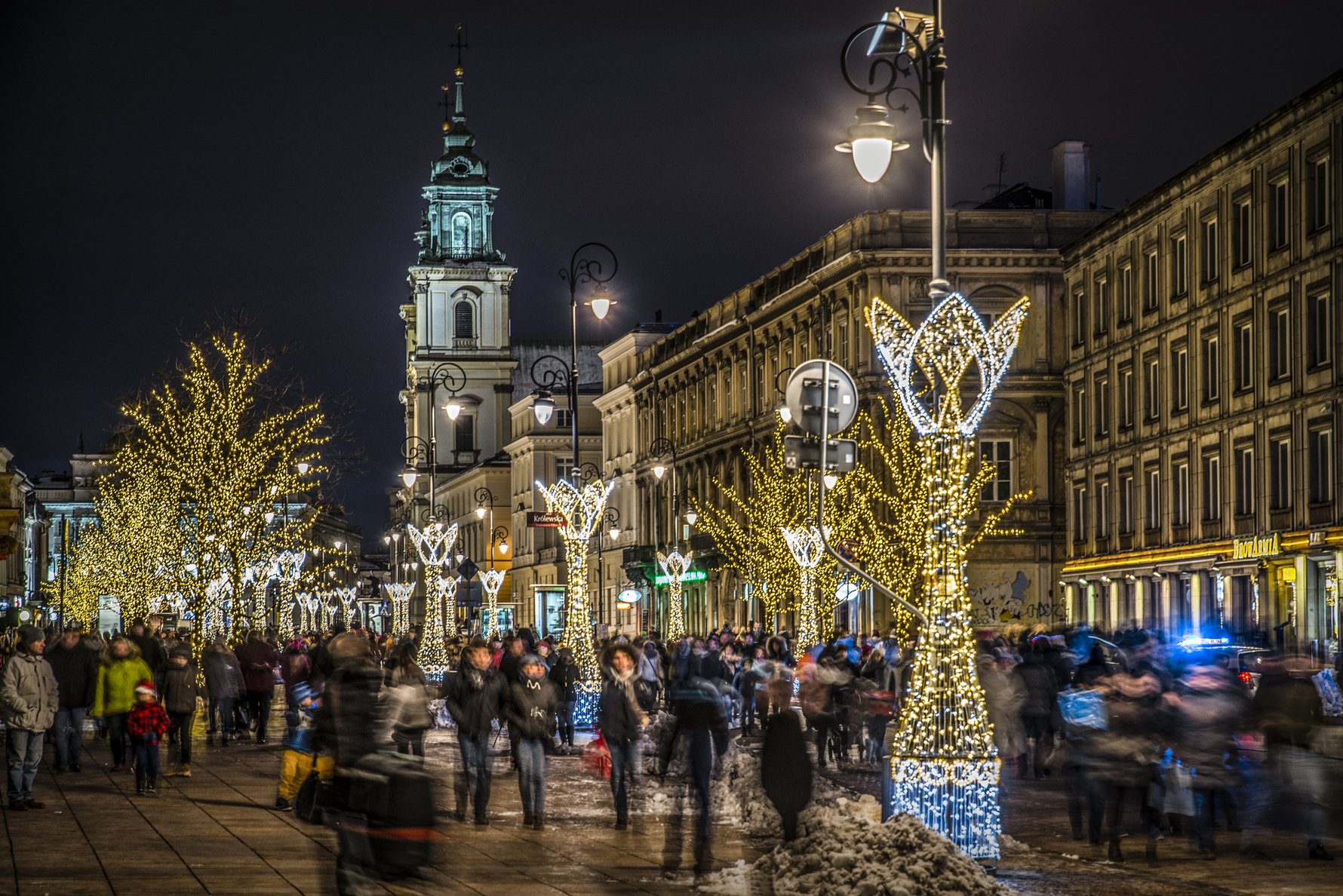
Christmas Eve
December 24th – or ‘Wigilia’ as it’s called in PL - is one of the biggest feast days of the year and an important time to be with family. As such, though Wigilia is not a work holiday you can expect virtually every shop in Poland to close early and stay closed until the 27th, so arrange accordingly. Once evening begins to fall it’s tradition that those gathered to eat the vigil feast together first share the blessed Christmas wafer, called opłatek. In an intimate (and potentially awkward if you don’t speak Polish) moment, each person goes to the others in turn, making a blessing for their happiness in the coming year, breaking off a piece of the other person’s wafer and eating it, then sealing the deal with a kiss (or three) on the cheek. Once that formality is out of the way, and the kids have spotted the first star in the sky, the feast can officially begin. Traditionally, bits of hay are spread beneath the tablecloth in honour of Jesus’ manger pedigree, and an extra place is set at the table in case of a visit by the ‘hungry traveller,’ Baby Jesus himself or a deceased relative (whoever arrives first).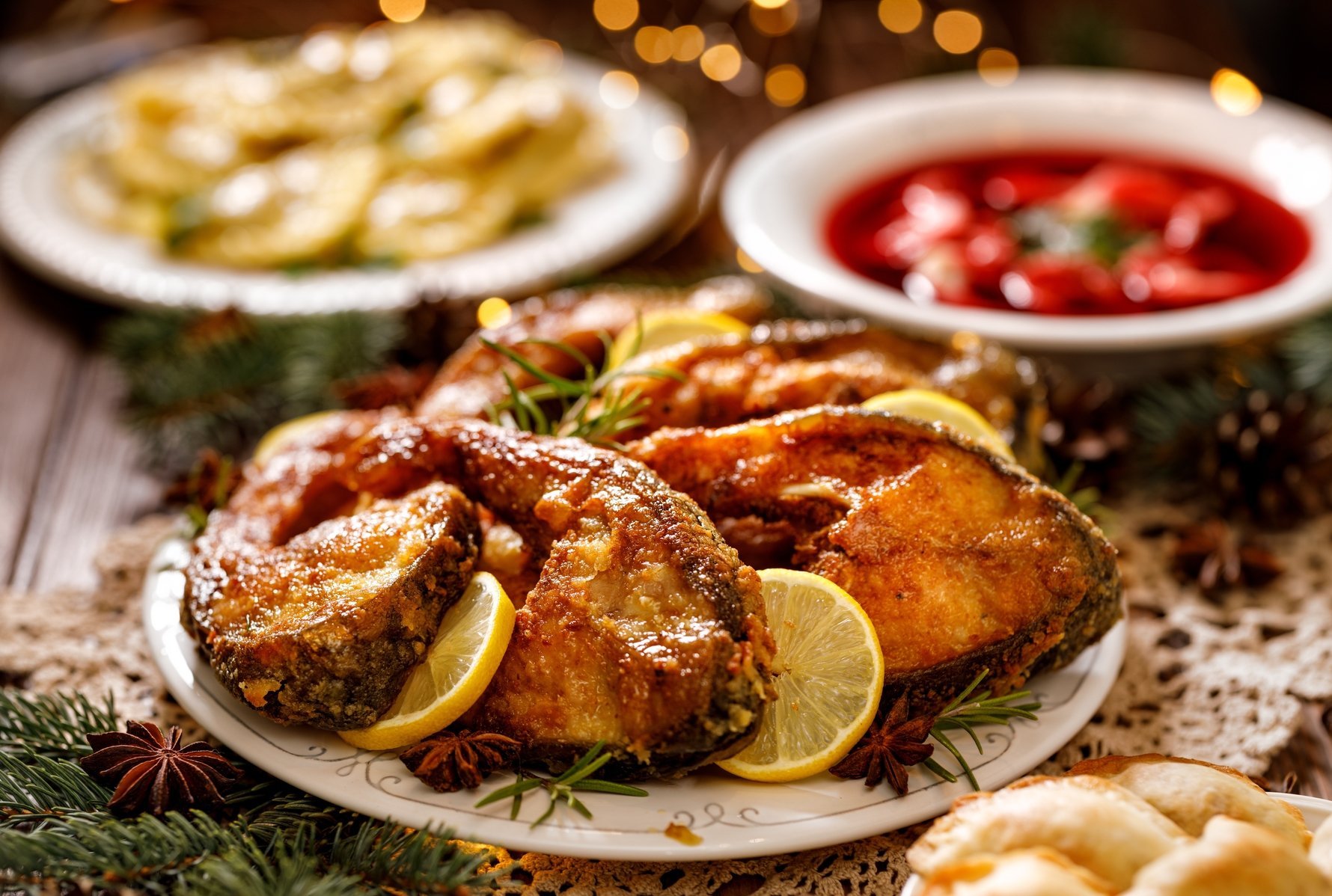
Dinner consists of a gut-busting twelve courses – one for each of Jesus’ disciples – and because it’s meant to be meatless, the main dish is traditionally carp, which apparently isn’t recognised as meat by Catholics (fish was Jesus’ favourite vegetable). In the days before Wigilia, large pools of carp – half writhing, half floating belly-up – can be found on the city’s squares waiting to be purchased and brought home to the family bathtub where they are kept until it’s time for the man of the house to carve the carp and serve it cold. ‘Smacznego’ (Bon Appetit). Other traditional dishes include żurek and barszcz – the traditional soups, poppy-seed pastries, herring in oil, pickles and an assortment of other Polish salads and sides. The meal concludes with a round of belt-unbuckling, carol-singing and gift-unwrapping after the revelation that during the feast an angel has laid presents beneath the Christmas tree (St. Nick also gets an off-day for Wigilia). Alcoholic abstinence is the Wigila tradition most commonly overlooked, however, at midnight, most families head out in the cold to attend pasterka, or midnight mass. It’s at this magical time that many believe animals are able to take on human voices.
Christmas Day
After morning mass, December 25th is reserved for visiting family and friends and a continuation of feasting (this time including meat and alcohol). While Christmas Day holds less importance and symbolism for Poles than Christmas Eve, it is still a public holiday and a time for family. Despite the gradual moves by many, particularly the younger generation, away from the Catholic church in recent years, Christmas is still viewed with more religious significance than you might expect in your own country and even those who might not attend mass on a regular basis still respect the traditions of the holiday period. As such, you can expect the vast majority of bars and restaurants to be closed on Christmas Day and the Second Day of Christmas (December 26th), though some businesses are beginning to break this Catholic code of conduct.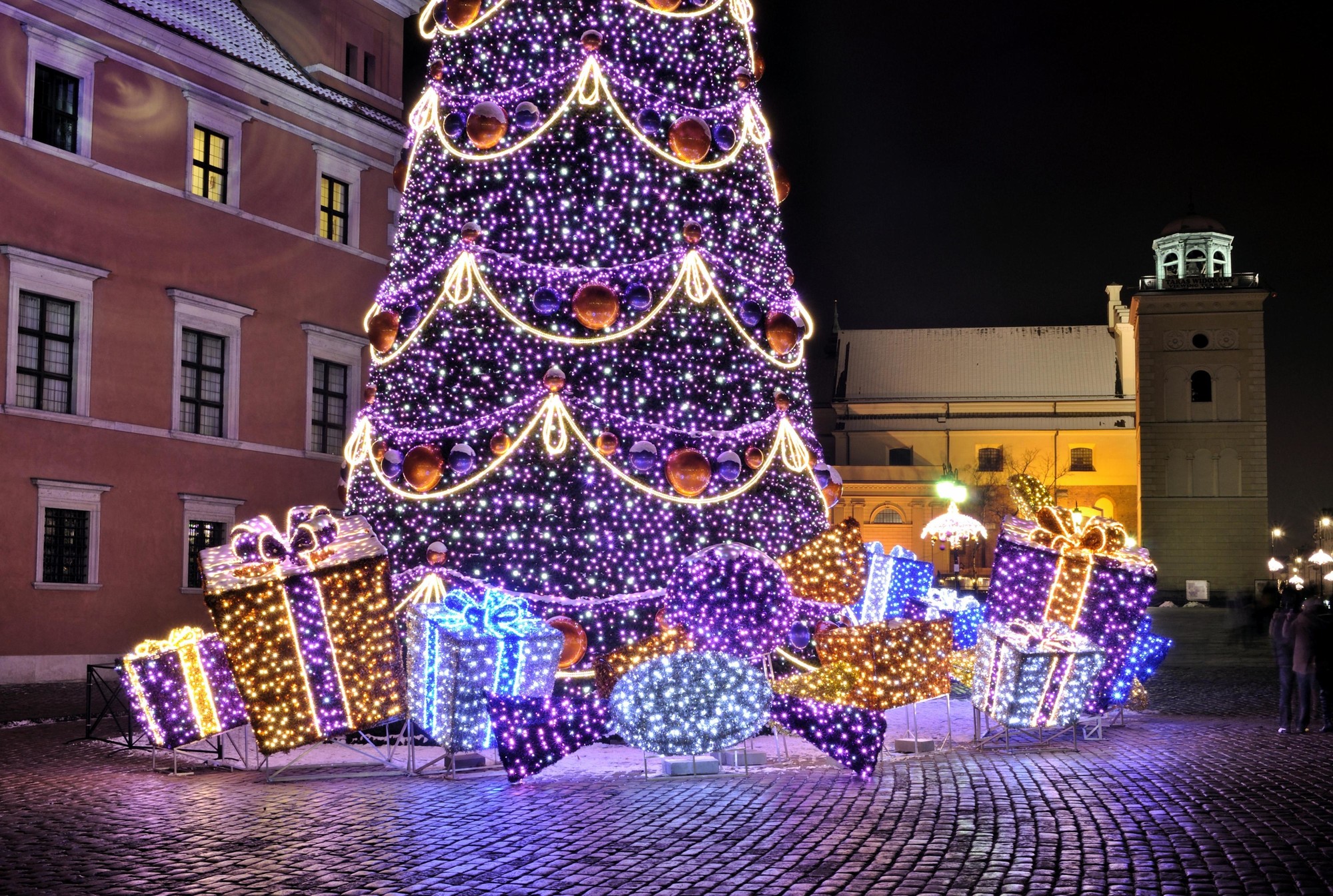
New Year’s Eve
December 31st is known locally as Sylwester, and on this last night of the year, almost every bar, club, restaurant and hotel in Warsaw host an all-night New Year’s Eve bash. Unfortunately, you have to pay to play and it’s wise to plan where you want to spend your evening ahead of time since expensive tickets are required to enter most venues, and therefore pub crawling is not really an option...not easily anyway!
Three Kings Day
The spirit of the holiday season is kept strong across the country until January 6th – Three Kings Day or ‘Dzień Trzech Króli.’ A wholly Catholic holiday, Three Kings honours Kaspar, Melchior and Balthazar, the three wise men who visited Jesus at his birth. Celebrations range from small to grand but often include a parade welcoming the wise men, with characters passing out candy and children dressed in colours signifying Asia, Africa and Europe (the respective homelands of the wise men). Mass is also a compulsory part of the Three Kings holiday as well, with families picking up a piece of blessed chalk during the service that is taken home and used to write the year and the initials “KMB,” with a cross between each letter, above the front door. In some places this honour is reserved for a priest who visits during the holiday season, blessing the house for the coming year by inscribing the commonly seen ‘K + M + B 2022’ (for a small donation of course).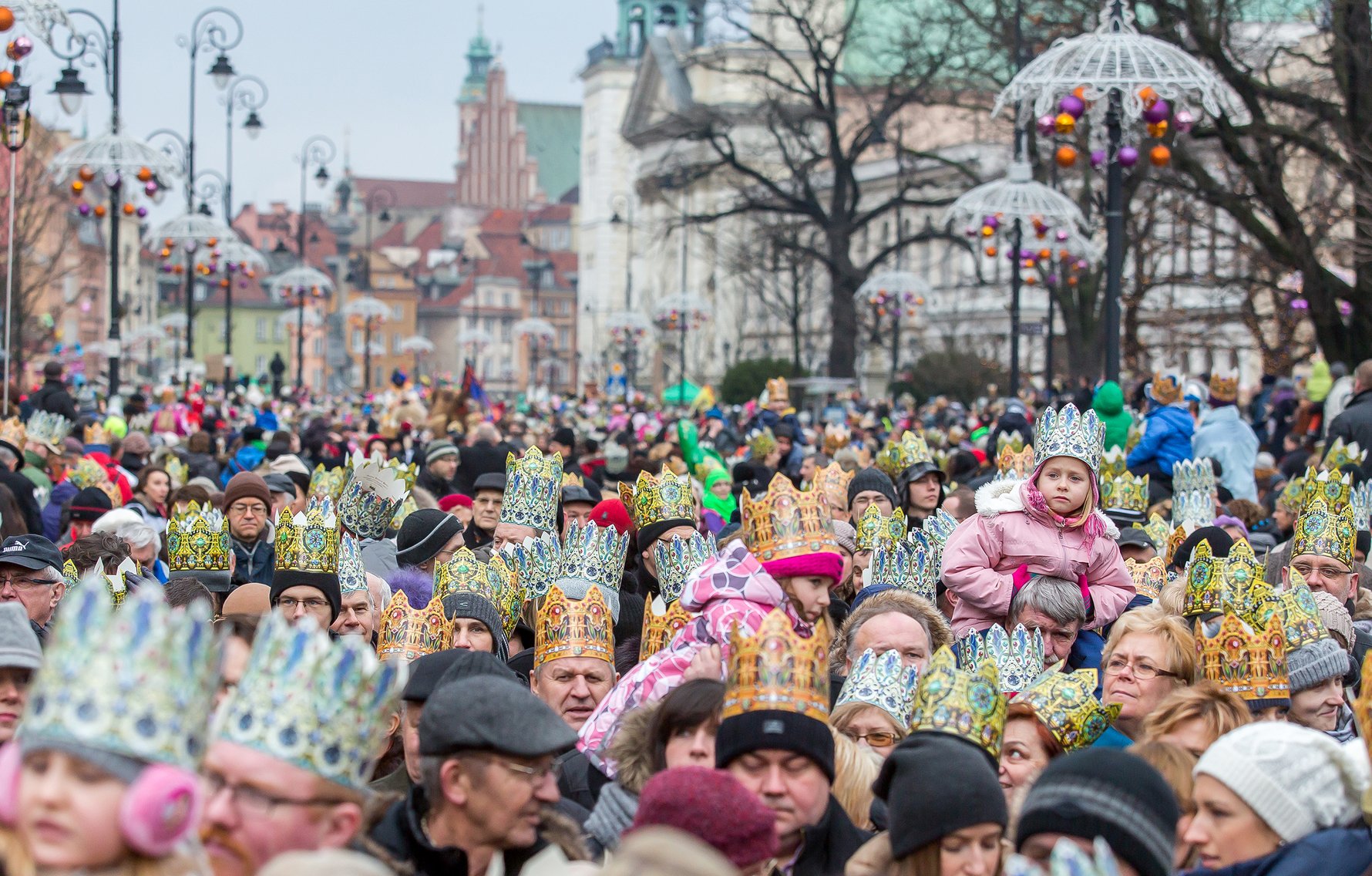
This tradition is said to protect the family from sickness and misfortune for the year. Fun is also had during the day’s feast when a Three Kings cake is served with either an almond or coin baked inside. Whoever is fortunate enough to land the surprise slice is considered king (or queen) for the day and lucky for the rest of the year. If your cake – which varies by region and can be anything from sponge to fruitcake – is decorated with a crown the lucky almond-eater gets the honour of wearing it. An additional reason to celebrate: In 2011 Parliament officially restored the date as a non-working national public holiday in Poland for the first time since it was cancelled by the communists 50 years earlier, so there’s no need to go work!
The Polish holiday season doesn’t actually officially wrap up until February 2nd when Saint Nick sees his shadow and it’s generally agreed that every family should toss its Christmas tree. As previously mentioned, with the exception of Christmas illuminations and decorations adorning the streets, there are usually a selection of entertainment events taking place to get everyone excited for the holiday season, so keep an eye on the What's On in Warsaw page for more!
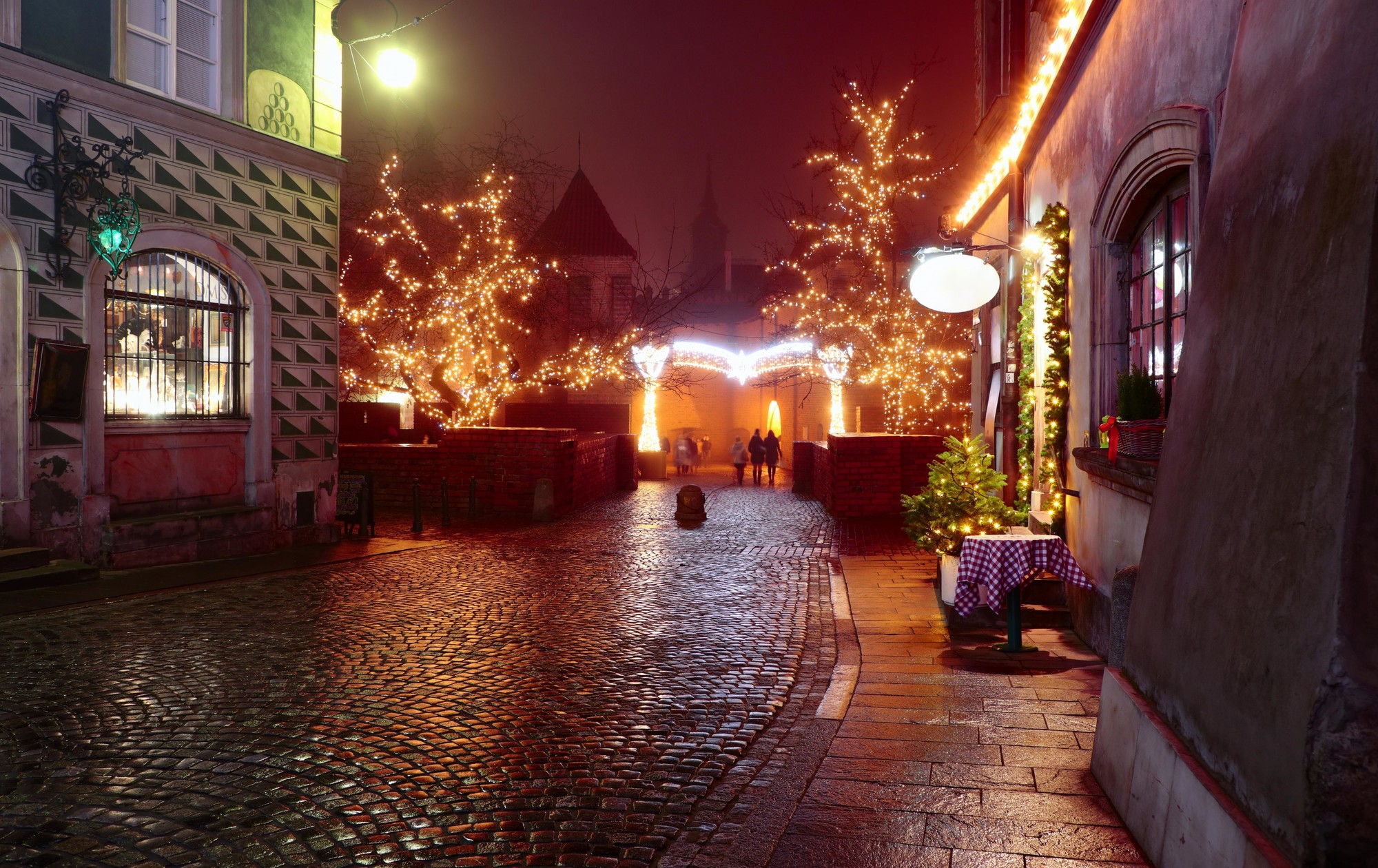


_m.jpg)
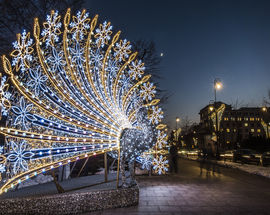
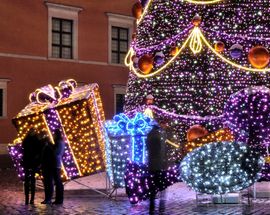
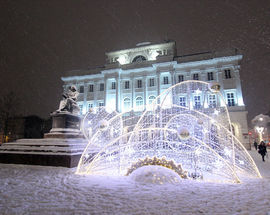
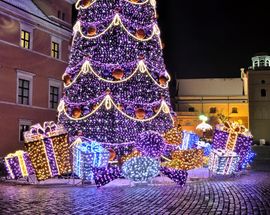
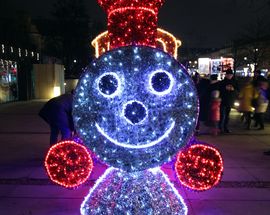
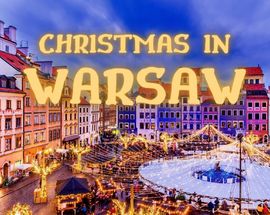
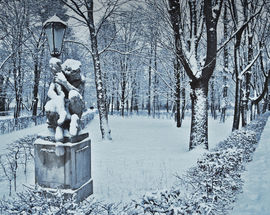
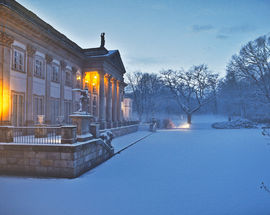
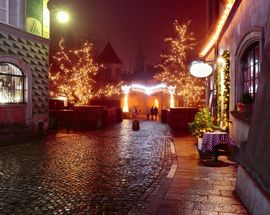
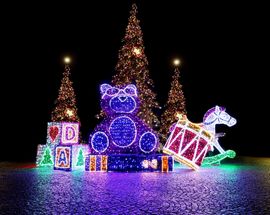
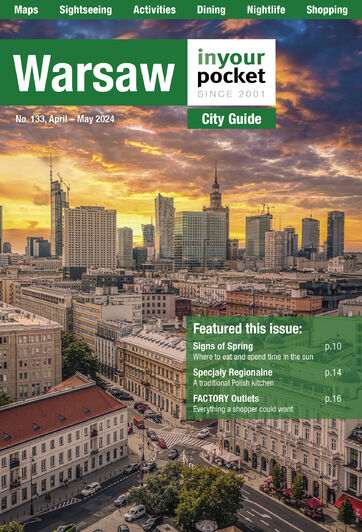
Comments